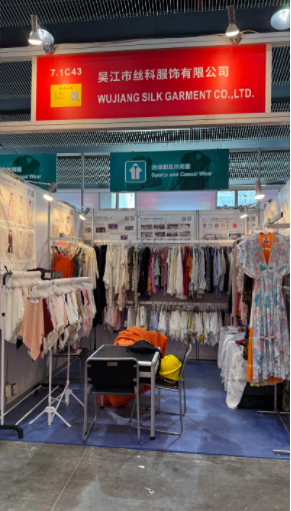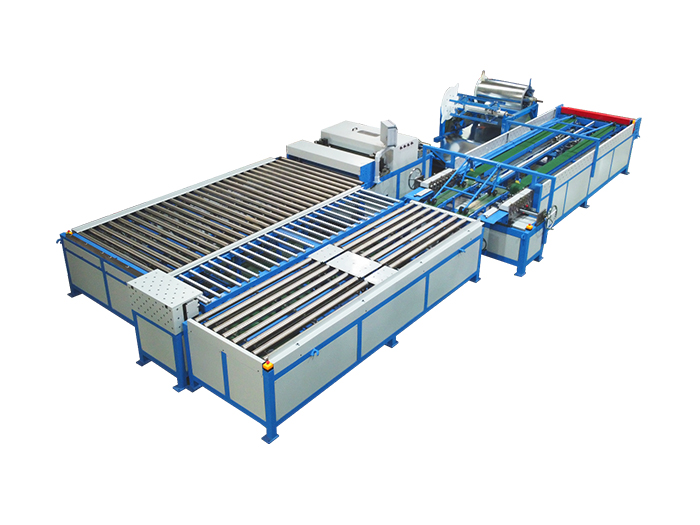
Harvest time in the cotton fields of north west NSW near the township of Spring Plain
Cotton, a versatile and widely used natural fiber, has long been a staple in the textile industry. Its affordability has made it a popular choice for clothing, home furnishings, and various other applications. In this article, we will delve into the reasons why cotton is so cheap, exploring the economic factors that contribute to its remarkable affordability.
- Abundant Supply:
One of the primary reasons for the low cost of cotton is its abundant supply. Cotton is grown in numerous countries around the world, including major producers like China, India, and the United States. The sheer volume of cotton production ensures a steady supply, which helps keep prices competitive. - Economies of Scale:
The cotton industry benefits from economies of scale, which means that as production increases, the average cost per unit decreases. Large-scale cotton farms and textile manufacturers can take advantage of specialized machinery, streamlined processes, and bulk purchasing power, resulting in cost savings that are passed on to consumers. - Technological Advancements:
Advancements in technology have significantly contributed to the affordability of cotton. Modern farming techniques, such as mechanization and genetically modified crops, have increased yields and reduced production costs. Similarly, innovations in textile manufacturing, such as automated looms and efficient dyeing processes, have improved productivity and lowered expenses. - Global Trade and Competition:
The global nature of the cotton industry fosters intense competition among producers. Countries with favorable climates and lower labor costs can produce cotton more efficiently, driving down prices. Additionally, international trade allows for the exchange of cotton between nations, ensuring a diverse and competitive market that further contributes to its affordability. - Government Subsidies:
Government subsidies play a significant role in the pricing of cotton. Many countries provide financial support to their cotton farmers, which helps offset production costs and keeps prices low. These subsidies can vary widely, leading to disparities in global cotton prices and occasionally sparking trade disputes. - Synthetic Fiber Alternatives:
The availability of synthetic fiber alternatives, such as polyester and nylon, also influences the affordability of cotton. Synthetic fibers can be produced at lower costs and offer certain advantages, such as increased durability or specific performance characteristics. The competition between cotton and synthetic fibers puts downward pressure on cotton prices, as manufacturers seek the most cost-effective materials for their products.
Conclusion:
The remarkable affordability of cotton can be attributed to a combination of factors, including abundant supply, economies of scale, technological advancements, global trade, government subsidies, and competition from synthetic fiber alternatives. These factors work together to ensure that cotton remains a cost-effective choice for consumers and businesses alike, making it a dominant force in the textile industry.





